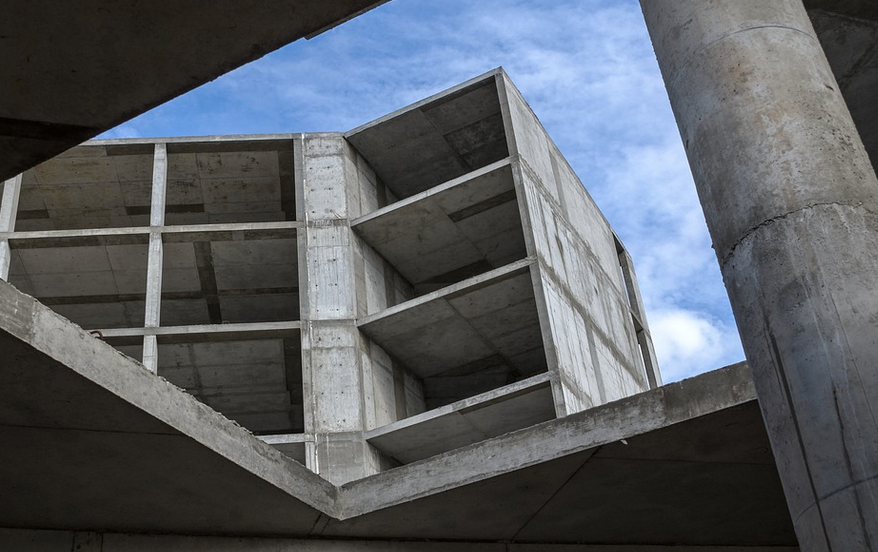Understanding the Basics
Roofing is a crucial aspect of any home, ensuring protection from the elements and adding character to your aesthetic. Two popular choices in the past several decades have been modified bitumen and thermoplastic polyolefin (Tpo) roofing membranes. Both offer excellent durability and longevity, but each has distinct advantages and disadvantages. This guide will take you through a deep dive into both systems, helping you make an informed decision for your home.
What is Modified Bitumen Roofing?
Modified bitumen roofing (MBRL) is a versatile material used in commercial and residential buildings alike. It’s a flexible membrane made from asphalt saturated with various chemicals to enhance durability and weather resistance. MBRL often comes in rolls, but it can also be applied as spray-applied or liquid membranes.
The unique strength of MBRL lies in its ability to withstand extreme temperatures and maintain structural integrity even when exposed to harsh environmental conditions like intense sunlight and heavy snowfall. The asphalt content gives it a natural elasticity, allowing it to flex without cracking under pressure. This makes it a perfect choice for roofs with challenging terrains or structures susceptible to impact.
MBRL is known for its excellent waterproofing capabilities. It forms a resilient barrier that prevents water infiltration, reducing the risk of leaks and damage to the underlying structure. The material also offers superior fire resistance, thanks to its inherent flame-retardant properties. This makes it an ideal choice for homes located in fire-prone areas.
However, MBRL does have some limitations. It can be more complex to install compared to other materials like TPO due to the need for specialized equipment and experienced installers. Additionally, while durable, it can still experience some deterioration over time, requiring periodic maintenance.
What is TPO Roofing?
TPO roofing, or thermoplastic polyolefin roofing, stands as a modern alternative to traditional asphalt membranes. This lightweight, flexible material is composed of polymers that are engineered for durability and performance. Unlike MBRL, TPO is produced in sheets, making it easy to install. This ease of installation makes it popular in both residential and commercial applications.
TPO roofing offers many benefits, including an extended lifespan, exceptional weather resistance, and energy efficiency. It boasts excellent UV resistance, ensuring longevity even under prolonged sun exposure. This material keeps your home cool during summer by reflecting heat and preventing the penetration of direct sunlight into the house. TPO is also highly resistant to moisture, mold, and mildew, contributing to a longer-lasting roof.
Another key advantage of TPO roofing lies in its flexibility and durability. The material can be installed over various roof types, including low-sloped, steep-pitched, or even complex shapes. This versatility allows it to suit a wide range of architectural styles.
Key Differences: Modified Bitumen vs TPO
Understanding the differences between modified bitumen and TPO roofing will guide you towards the ideal choice for your home. Here’s a detailed comparison:
- Material composition: MBRL utilizes asphalt emulsions, while TPO relies on polymers.
- Cost and installation: MBRL is generally more expensive than TPO due to its complexity in installation.
- Lifespan and warranty: Both systems boast impressive lifespans, but MBRL offers longer warranties (up to 20 years), potentially requiring less maintenance.
- Weather resistance: TPO excels in harsh weather conditions, with excellent UV resistance and moisture protection, while MBRL is also highly resistant but can be susceptible to extreme temperatures.
- Fire resistance: MBRL offers superior fire resistance compared to TPO, thanks to its inherent flame-retardant properties.
Choosing the Right Roofing System
The ideal roofing system depends on various factors, including your budget, desired lifespan, local climate conditions, and architectural requirements.
If you want a durable, long-lasting system with excellent fire resistance and are willing to invest in more complex installation, MBRL is an excellent choice. However, if you prefer a simpler, cost-effective option with superior UV resistance and weatherproofing capabilities, TPO might be the better fit.
Ultimately, consulting with a qualified roofing professional can help you make an informed decision. They can assess your specific needs, considering factors such as roof type, slope, local regulations, and future maintenance requirements to guide you towards the optimal choice for your home’s long-term safety and aesthetic appeal.
